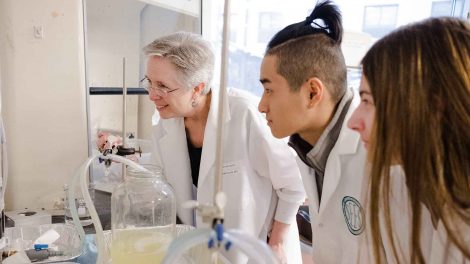
Aug 15, 2018
Biofilm Project Takes Aim at Erosion Control
By Bryan Hay An interdisciplinary group of students is tending to a bacteria nursery as part of an innovative research project aimed at controlling the…

By Bryan Hay An interdisciplinary group of students is tending to a bacteria nursery as part of an innovative research project aimed at controlling the…
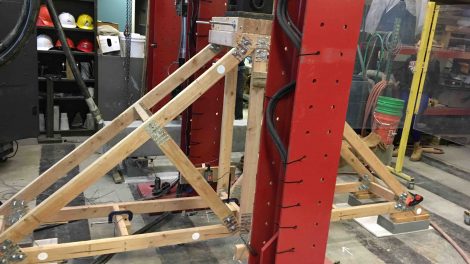
By Bryan Hay Dave Mante pinned a $10 Wawa gift card on a whiteboard. In the late afternoon shadow of the towering “Maroon Monster,” he asked students…
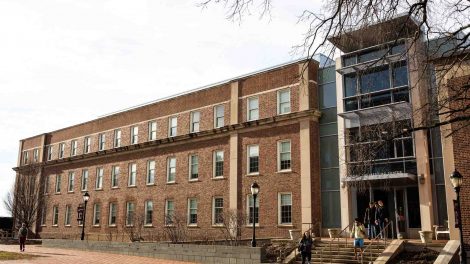
By Bryan Hay When a family member moves out of the house, there’s usually an opportunity to do some renovations in the vacated space. Such will be…

By Bryan Hay After 10 years of inching ever closer to a national title, Lafayette’s steel bridge team beat out 44 others to claim first place in the…
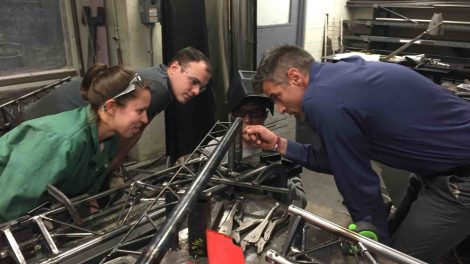
Story and photos by Bryan Hay Nine Lafayette civil and environmental engineering seniors are preparing for the 2018 National Students Steel Bridge Competition…
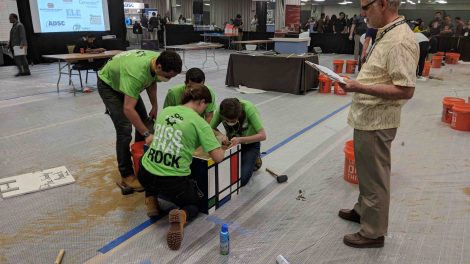
By Bryan Hay Lafayette civil and environmental engineering students went head-to-head with graduate students in a spirited international competition dedicated…
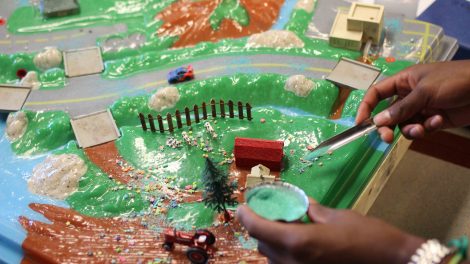
By Stephen Wilson As if decorating sugar cookies, a Lafayette engineering student sprinkles tiny confections, meant to represent soil, over a rural model…

By Kathleen Parrish and Bryan Hay Seifollah “Seifi” Ghasemi first heard of Lafayette College in 1959 when he was one of nearly 6,000 high school students…

President Alison Byerly tonight announced multiple gifts totaling $3 million from the Air Products Foundation ($1.5 million), Air Products Chairman, President…
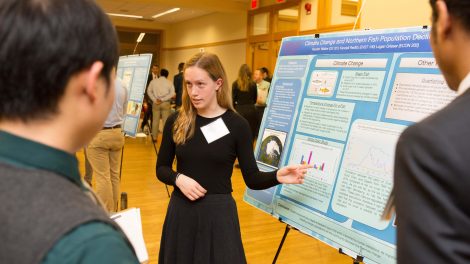
By Katie Neitz, Bryan Hay, and Stephen Wilson It might seem like a night of numbers! 14 years. 3 courses. More than 100 students. 32 posters. Over 80 judges…